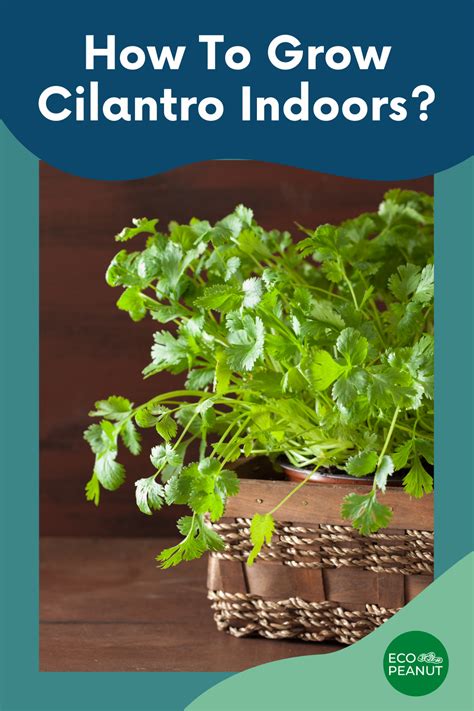How to Grow Cilantro: A Comprehensive Guide for Lush, Flavorful Herbs
Cilantro, also known as coriander, is a beloved herb used extensively in various cuisines worldwide. Its bright, citrusy flavor adds a unique zest to dishes, making it a popular choice for both home cooks and professional chefs. But growing your own cilantro can seem daunting. This comprehensive guide will walk you through every step, ensuring a bountiful harvest of this flavorful herb.
Understanding Cilantro's Needs
Before you even think about planting, understanding cilantro's needs is crucial for success. This involves considering its ideal growing conditions:
Sunlight:
Cilantro thrives in full sun to partial shade. Aim for at least six hours of sunlight daily, but protect it from the scorching midday sun, especially in hotter climates. Too much direct sunlight can cause the plant to bolt (go to seed) prematurely.
Soil:
Well-drained soil is paramount. Cilantro prefers loose, fertile soil rich in organic matter. Amend heavy clay soils with compost to improve drainage and aeration. A slightly acidic to neutral pH (6.0-7.0) is ideal.
Watering:
Consistent moisture is key. Keep the soil moist but not waterlogged. Allow the top inch of soil to dry slightly between waterings. Overwatering can lead to root rot, while underwatering will result in stunted growth.
Planting Cilantro: From Seed to Harvest
There are two primary methods for planting cilantro: from seed and from transplants.
Starting from Seed:
This is the most common and cost-effective method.
- Timing: Direct sow seeds outdoors after the last frost in spring or in the fall for a fall harvest. You can also start seeds indoors 4-6 weeks before the last frost.
- Sowing: Sow seeds about ¼ inch deep and 1 inch apart. Thin seedlings to 4-6 inches apart once they have a few sets of true leaves.
- Germination: Cilantro seeds germinate best in cool, moist soil. Expect germination in 7-14 days.
Starting from Transplants:
Purchasing seedlings from a local nursery can offer a head start, especially in shorter growing seasons. Choose healthy, vigorous seedlings free of pests and diseases.
- Planting: Plant transplants at the same spacing as direct-sown seeds. Gently loosen the roots before planting to encourage healthy growth.
Maintaining Your Cilantro Plants
Once your cilantro is established, regular care is vital for optimal growth.
Fertilizing:
A light feeding with a balanced fertilizer can promote vigorous growth. Use a slow-release granular fertilizer or a diluted liquid fertilizer every few weeks. Avoid over-fertilizing, as this can encourage bolting.
Pest and Disease Control:
Cilantro is relatively pest-resistant. However, aphids, spider mites, and leaf miners can sometimes be a problem. Regularly inspect your plants and address any infestations promptly using appropriate organic pest control methods.
Harvesting Your Cilantro
The best time to harvest cilantro is when the leaves are young and tender. Harvesting regularly encourages bushier growth.
Methods:
- Cut-and-come-again: Cut the stems about an inch above the soil line. This method encourages new growth from the base of the plant.
- Selective Harvesting: Pick individual leaves as needed.
Pro-Tip: Harvesting frequently prevents bolting, keeping your cilantro productive for longer.
Troubleshooting Common Cilantro Problems
Even with the best care, challenges can arise.
Bolting:
Bolting, the premature formation of flower stalks, is a common issue, especially in hot weather. To prevent it, plant in cooler months, provide partial shade, and harvest regularly.
Pests:
Aphids and other pests can weaken your plants. Regular inspection and prompt treatment are essential.
By following these tips, you'll be well on your way to cultivating a thriving cilantro patch. Enjoy the fresh flavor of your homegrown herb!
